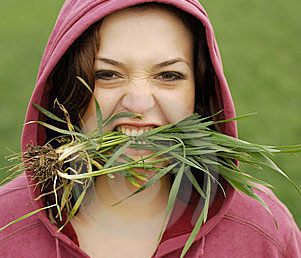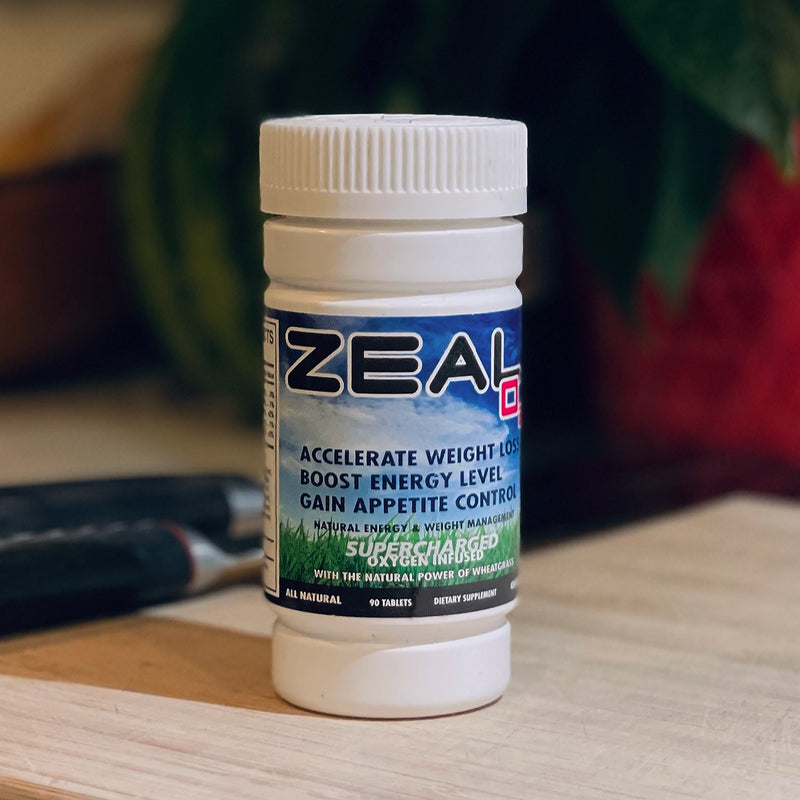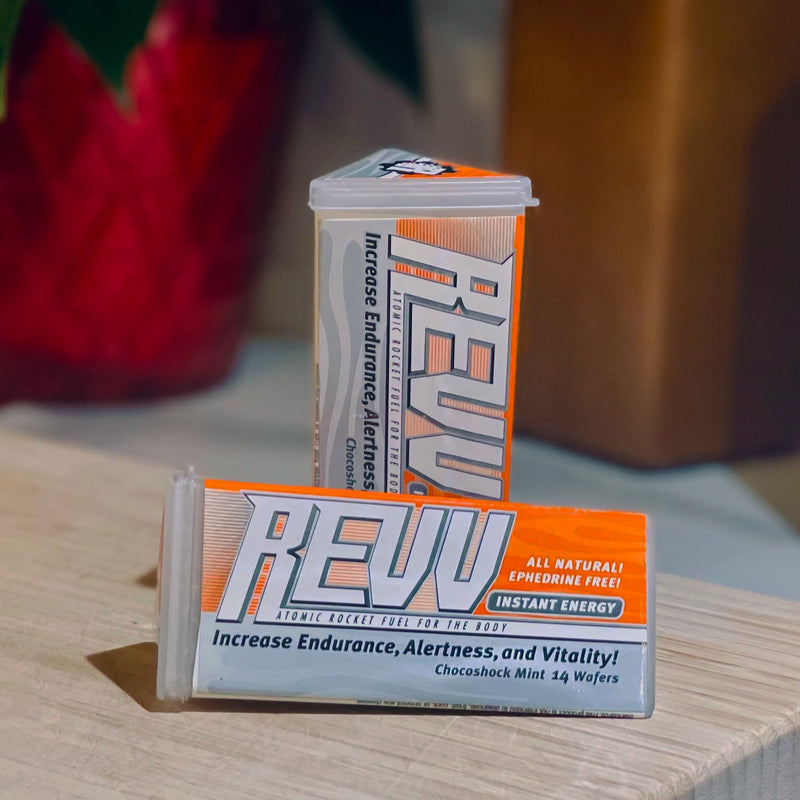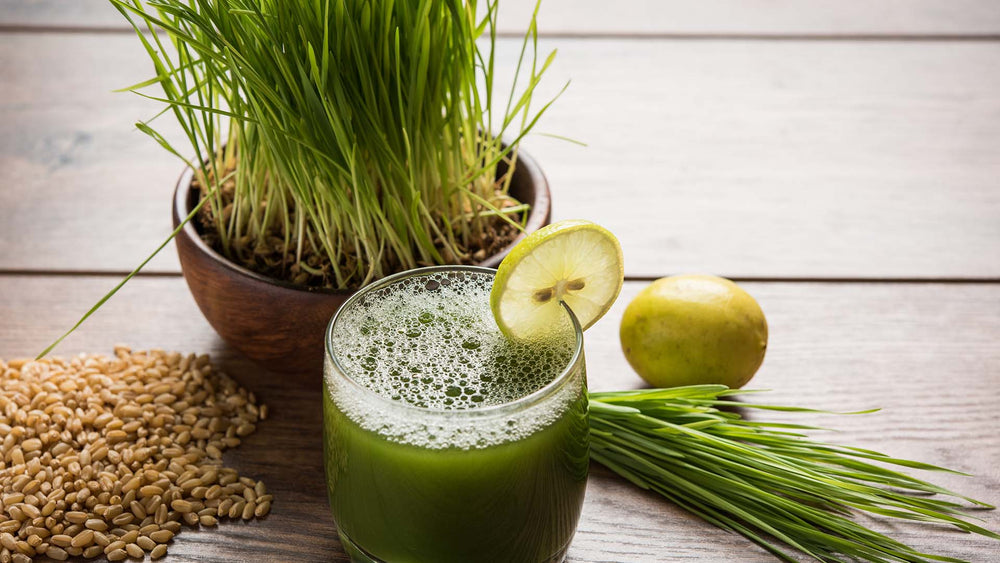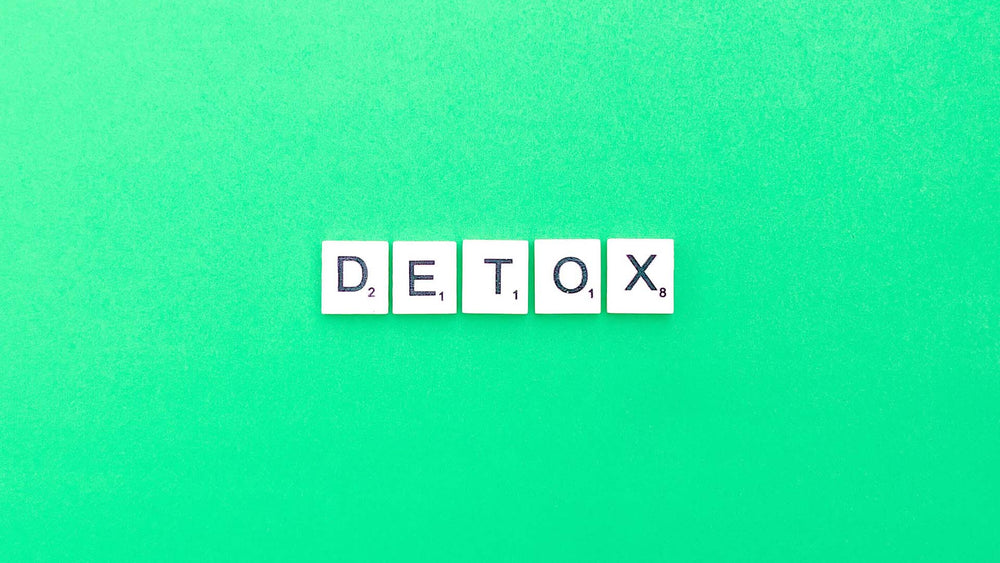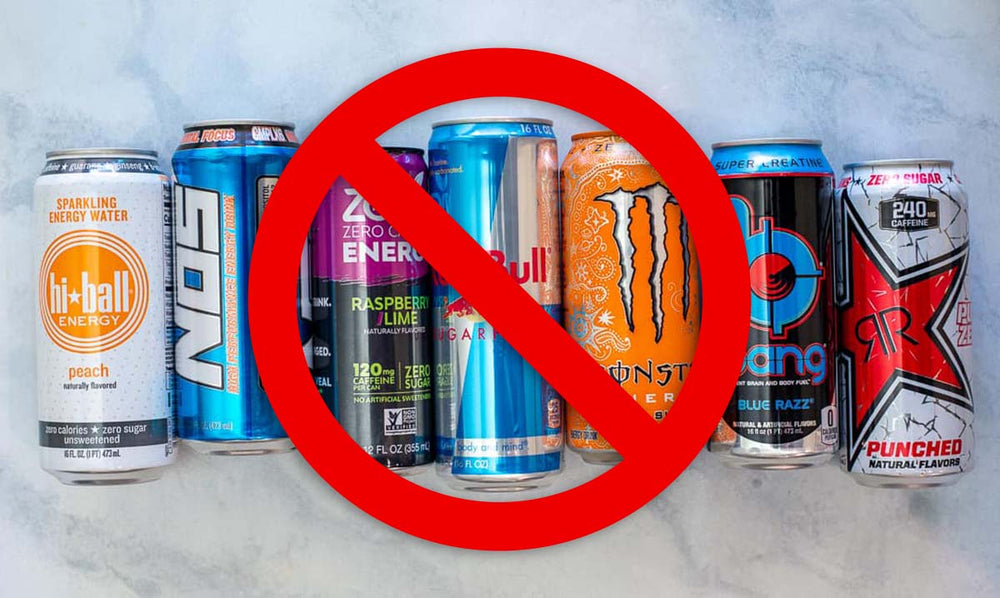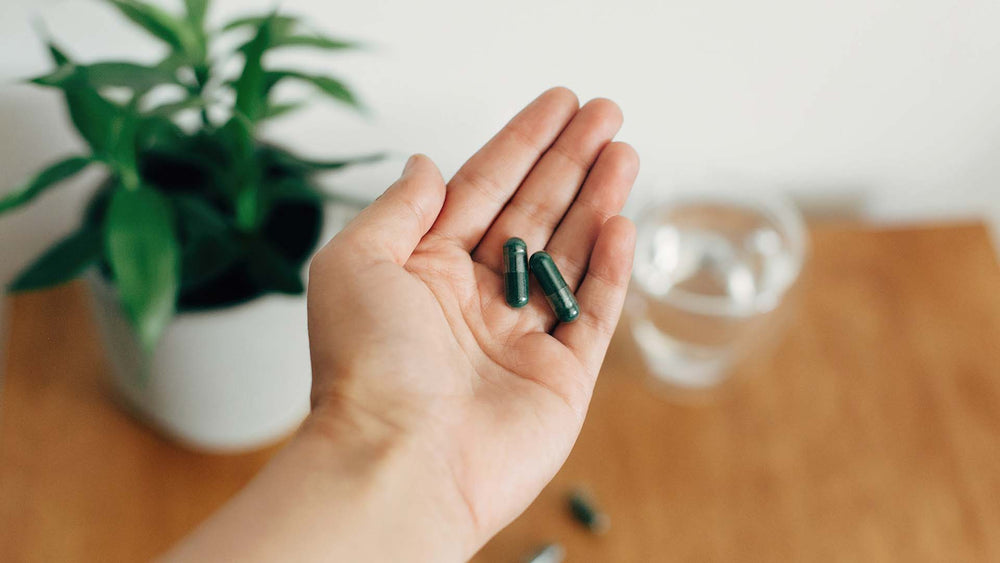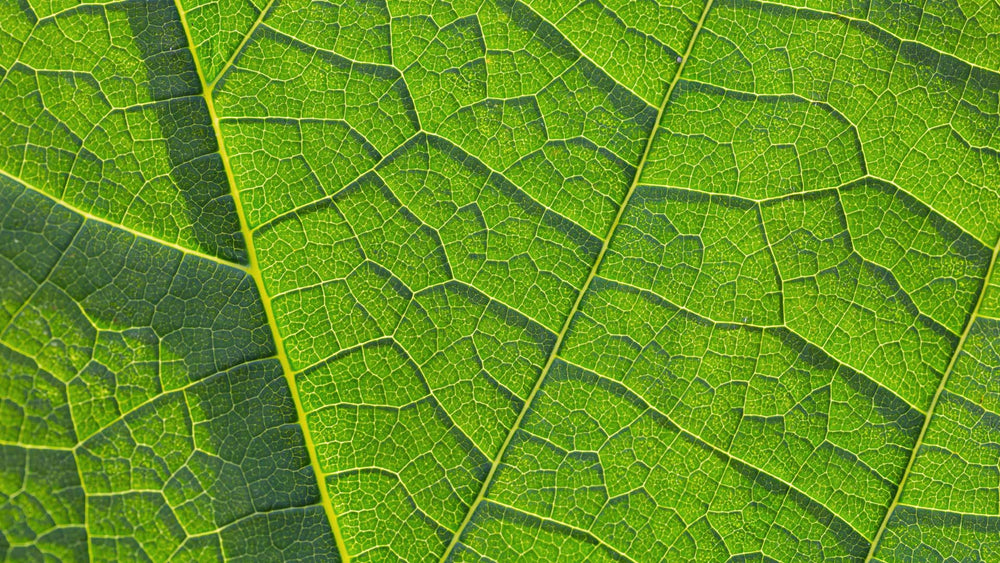We all know cows eat grass- so do sheep, horses, rabbits and many insects, such as caterpillars and grasshoppers.
Many of you know that cows have special stomachs that are able to digest the cellulose of grass.
You may even have read that we humans are not biologically equipped to eat grass.
So, your question is ...
Can we eat or drink grass?
"Wheatgrass is grass. And humans don't eat grass."
But 162 million worldwide smoke "grass," which actually isn't grass.
Which of these grasses do you eat?
Look closely:
barley, maize (corn), millet, oat, rice, rye, and wheat.
Grasses, or more technically graminoids, are monocotyledonous, usually herbaceous plants with narrow leaves growing from the base. They include the "true grasses" of the Poaceae (or Gramineae) family, as well as the sedges (Cyperaceae) and the rushes (Juncaceae).
The true grasses include cereals, bamboo and the grasses of lawns (turf). True grasses, sedges and rushes also form pasture for livestock; a few sedges are used directly as food, such as water chestnut (Eleocharis dulcis), or paper: the papyrus sedge (Cyperus papyrus).
Cereals, grains or cereal grains, are grasses cultivated for the edible components of their fruit seeds -- the endocarp, germ and bran. Cereal grains are grown in greater quantities and provide more food energy worldwide than any other type of crop; they are therefore staple crops. In their natural form (as in whole grain), they are a rich source of vitamins, minerals, carbohydrates, fats and oils, and protein. However, when refined by the removal of the bran and germ, the remaining endocarp is mostly carbohydrate and lacks the majority of the other nutrients. In some developing nations, grain in the form of rice, wheat, or maize (in America, we call this "corn") constitutes a majority of daily sustenance. In developed nations, cereal consumption is more moderate and varied but still substantial.
Wheatgrass and eating or drinking grass: Can we do that?
Wheatgrass is the young grass of the common wheat plant. You plant the seeds (or grain) from the wheat plant into the soil. In 8 to 14 days, you get these green shoots, or wheatgrass.
In those tender young shoots you get a bounty of nutrition:
- You'll replenish your nutritional deficiencies by getting 20 amino acids, several hundred different enzymes not found in other foods, as many as 90 out of 102 possible minerals, a full menu of vitamins, phytochemicals, and other important nutrients ...You'll rocket your energy level skyward by breaking down carbohydrates into glucose ...
- You'll increase your focus, concentration, and clarity -- with increased oxygen and blood flow ...
- You'll detoxify, neutralize, and flush out deadly poisons in your body ...
- You'll stop absorbing any more toxins -- including dangerous cancer-causing dioxins in your food, water, and air ...
- You'll enhance your peristaltic movement (it helps you go and keeps you regular) ...
- You'll oxygenate your blood -- benefiting all cells in your body ...
- You'll bolster your immune system and nervous system -- by breaking down fats and proteins ...
- You'll tone up your stomach and intestinal muscles ...
- You'll experience healthier skin, hair, eyes, mouth, and liver ...
- You'll promote cell growth and division -- especially in red blood cells to prevent anemia
The most popular way to eat these tender wheatgrass shoots? By making fresh wheatgrass juice in a juicer.
Know this:
You've been eating grass all your life -- perhaps without knowing it.
Now that you know: Don't have a cow.
With our very best wishes to you,
-- WheatgrassLove.com

